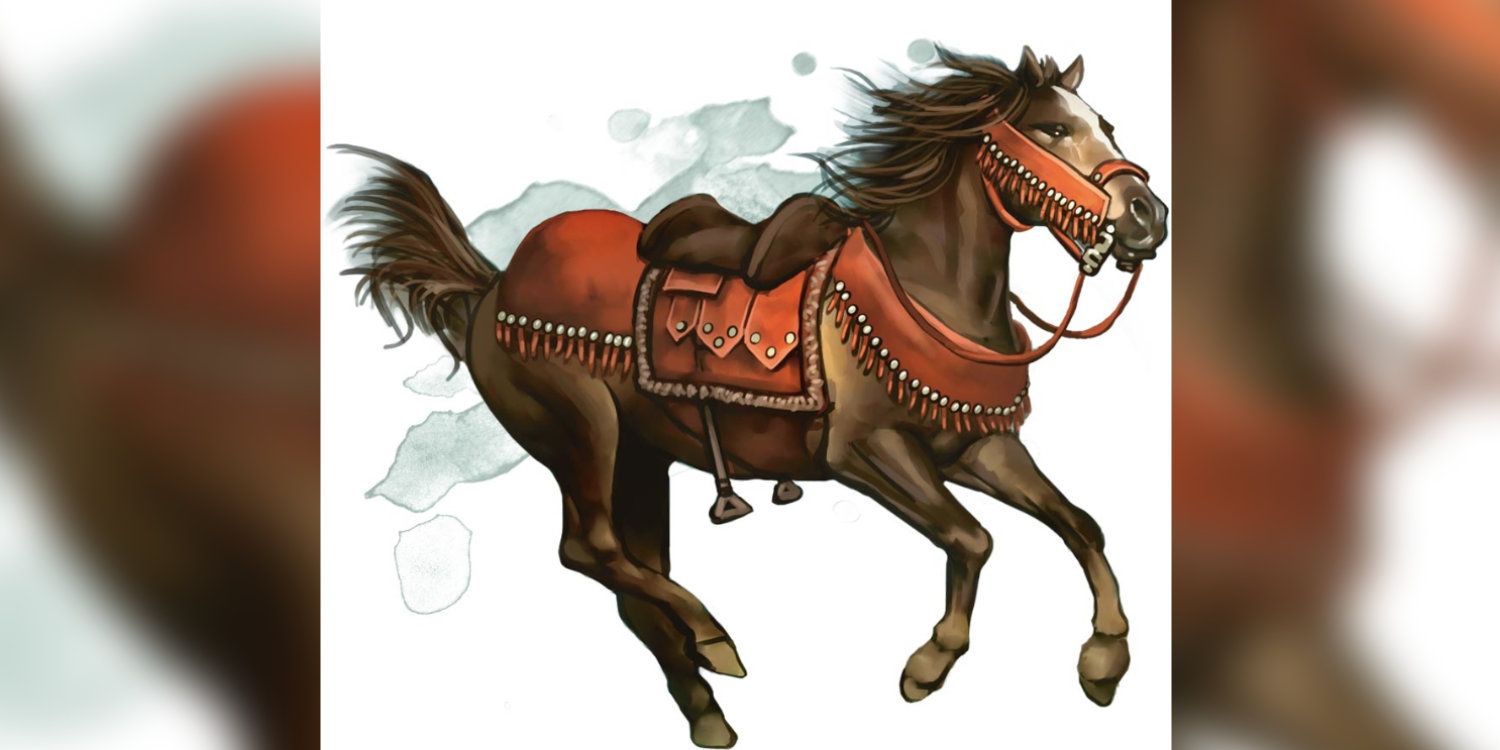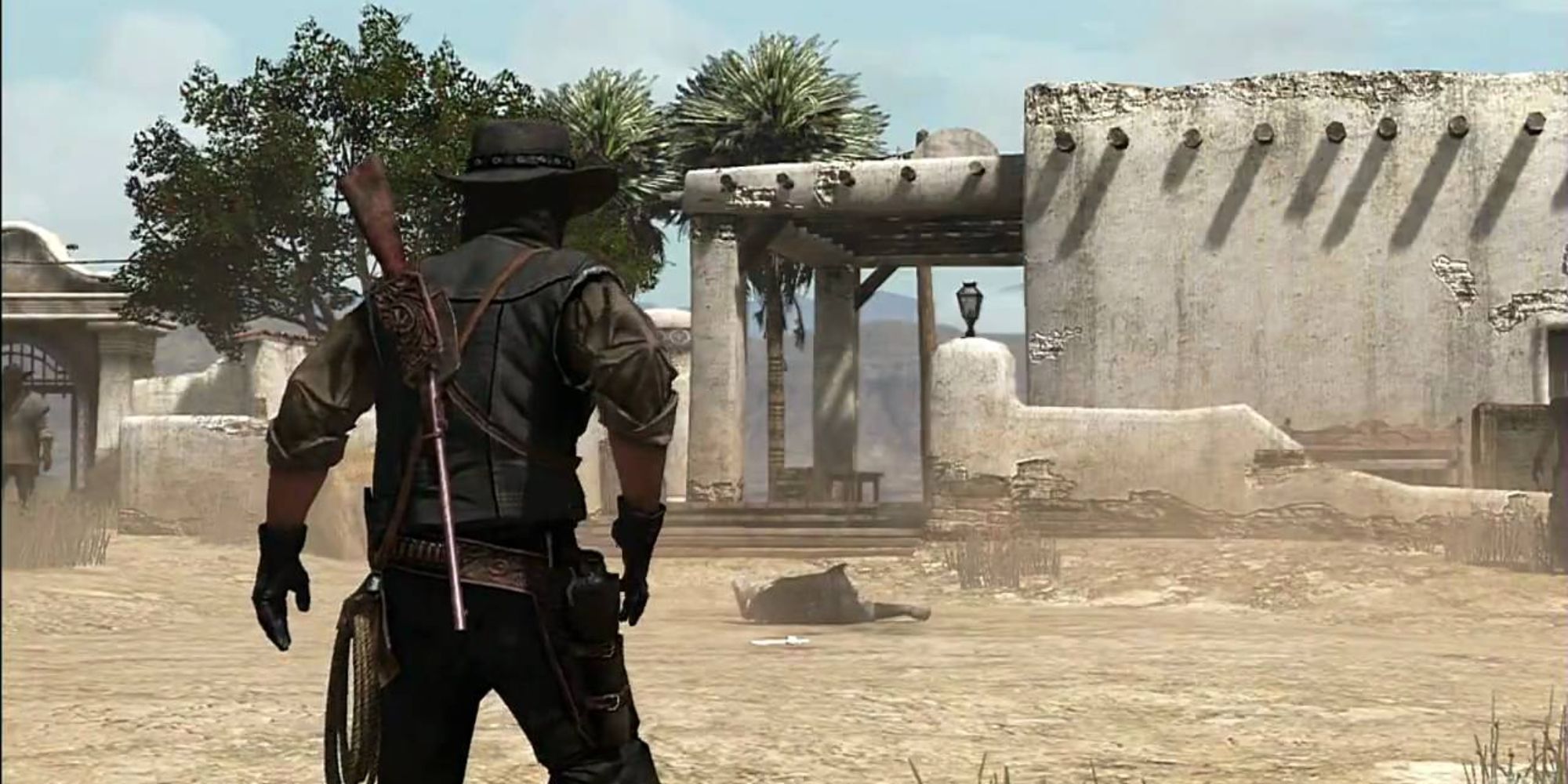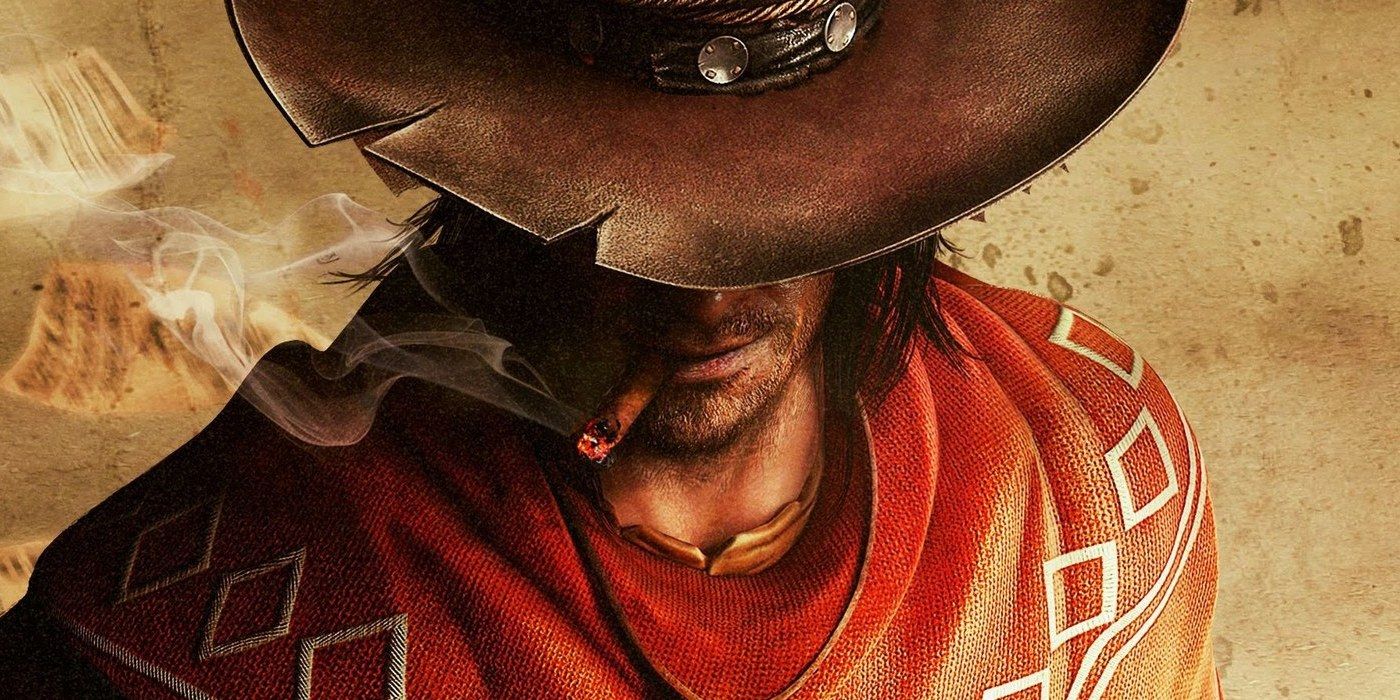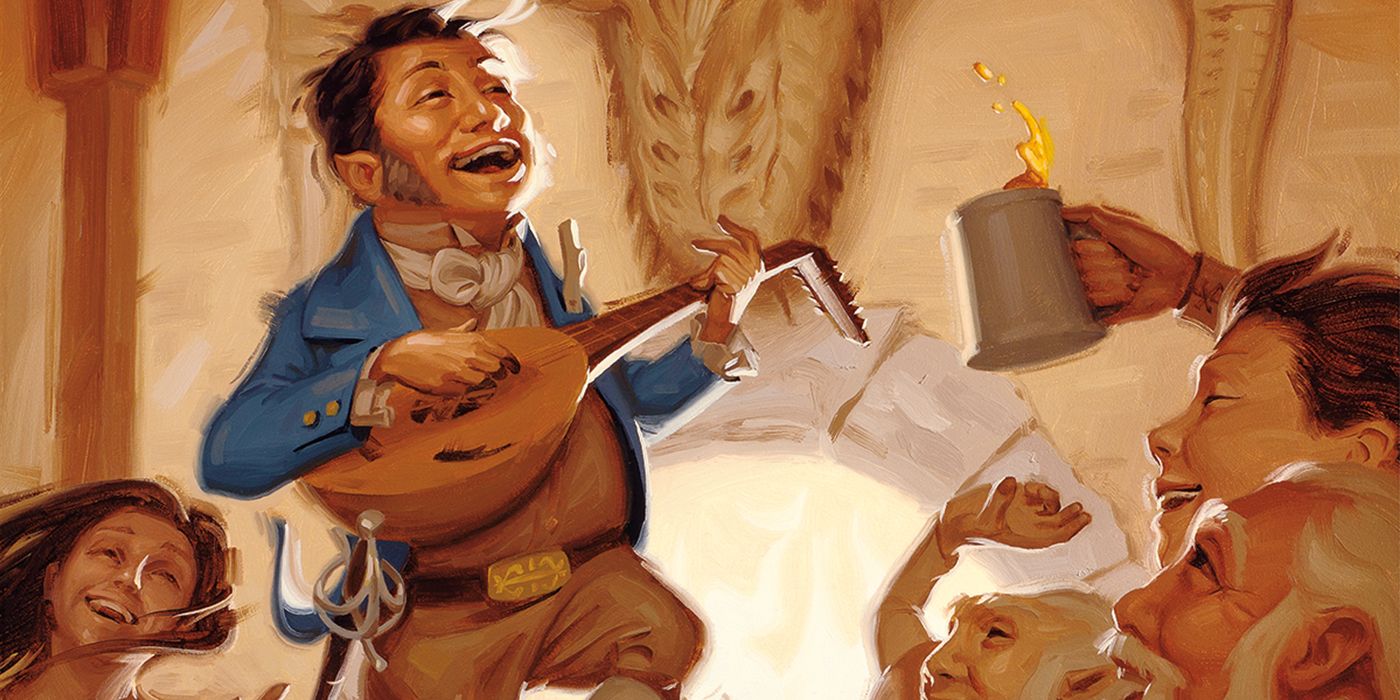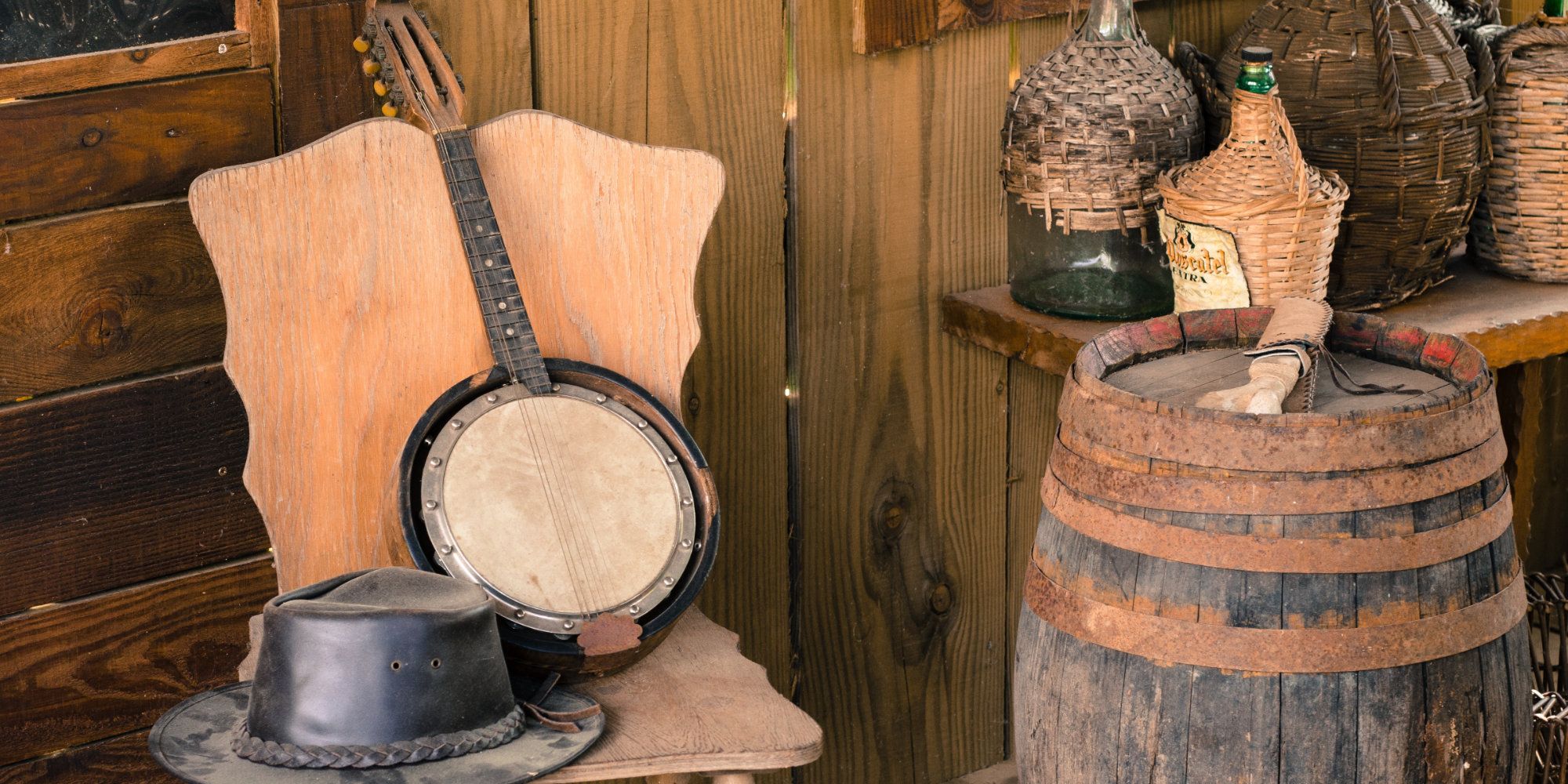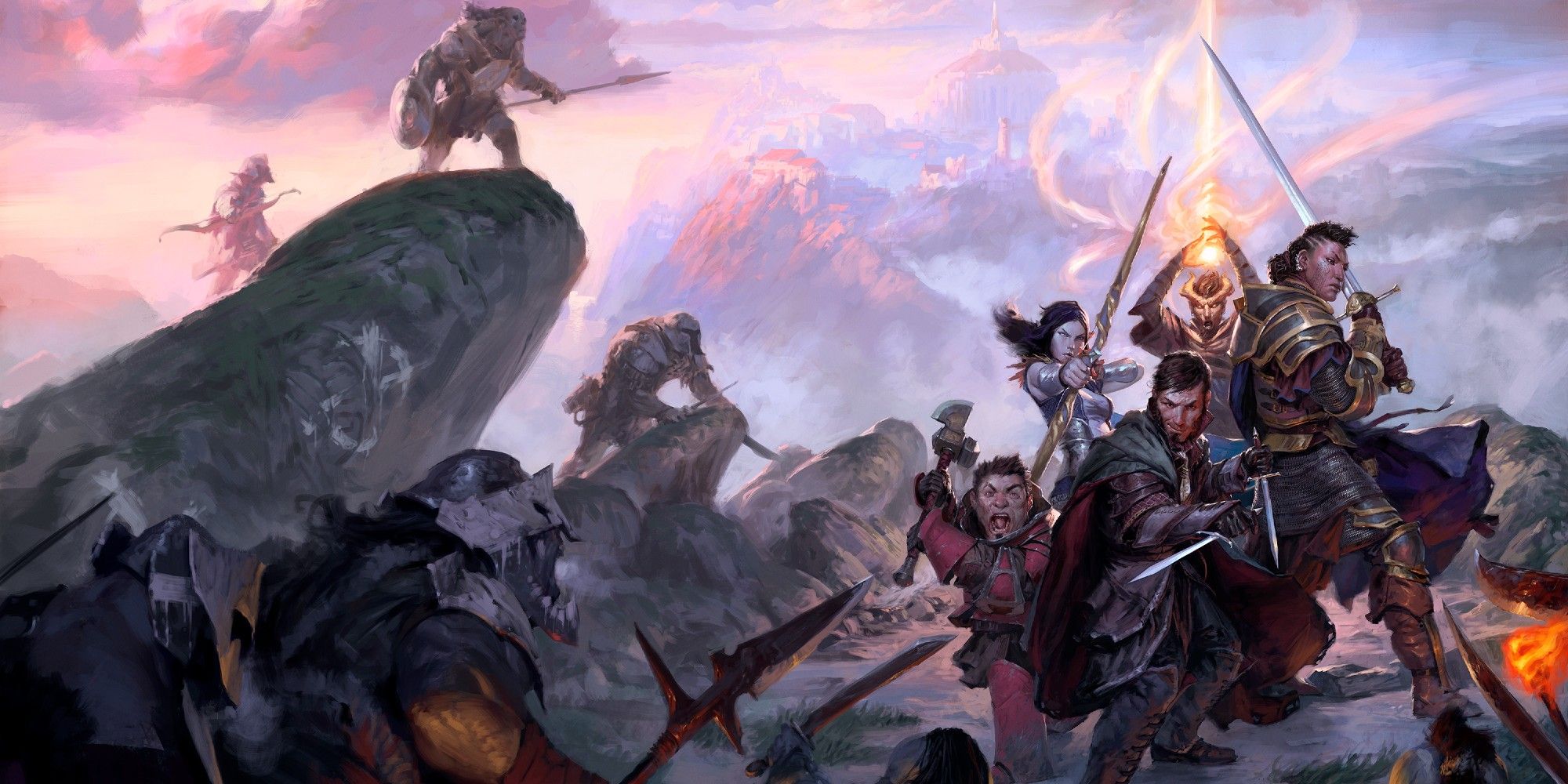With wide-open spaces, cryptic treasure maps, black hat cowboys, and tense shoot-outs a-plenty, the Country & Western theme provides loads of great opportunities to take your next Dungeons & Dragons campaign to new heights.
By using well-tested storytelling devices, paying attention to real-world history, and utilizing handy tools for atmosphere development, writers and players can create immersive Country & Western campaigns and ride off into the sunset, just like their favorite gunslingers.
Updated November 15, 2022, by Doruk Kaptan: Dungeons & Dragons, and especially the 5th Edition of the game, is built to allow players to hack and adapt the system to their hearts' content. Of course, some DMs and players have shown an interest in turning D&D into a Country & Western adventure, which works surprisingly well. A Western-inspired campaign can be extremely fun, with intimate character stories, thematic locations, and less over-the-top plots compared to a regular D&D campaign. However, there are a few things to consider if you want your campaign to be remembered fondly for a long time.
Know Your Genre
Knowing the genre that your campaign is set in, and knowing it well, makes a lot of difference to your D&D campaign. Country & Western is an established genre that has been around for a long time, meaning it is incredibly diverse. Country & Western can easily overlap with a host of similar or thematically-adjacent genres. Yet, the genre's ability to dramatically combine other, more naturally oppositional genres with itself makes it such a great opportunity for a D&D campaign theme.
Think about how many Westerns you've watched that cut their dry, wide-open space narratives with a heady shot of Science Fiction. Westworld is probably the most recent (and one of the more successful) of these meldings between Sci-Fi and the Western, but there's also Firefly, The Dark Tower, Back To The Future III, and of course, Cowboys & Aliens. Consider adding an oppositional genre to your Country & Western, and see your players thrive.
Do The Research and Be Sensitive
If you want to create an 'authentic' Country & Western theme, you may want to rethink what you consider to be 'authentically Western.' Dr. Esther Wright, a lecturer in Digital History at Cardiff University who has worked extensively on Rockstar games such as Red Dead Redemption and L.A. Noire, reminds us that the history of the Wild West is not what we see in pop culture, and instead was an era of destructive colonization and displacement of Indigenous peoples.
The Country & Western theme then closely overlapped with the real-world history of the Wild West. This means that players and writers should try to be sensitive to which tropes are fantasy creations and which are drawn from negative stereotypes and real-world traumas.
Don't Fall Back To Cliches
Keeping in line with the previous entry, try your best to avoid cliches. Even if you're respectful of real-life history and are careful not to be insensitive, it's easy to fall back on tried and true media tropes, characters, and relationships. This is natural due to the sheer amount of media out there in the genre.
However, the story can become predictable when your damsels always need help, or the lonely gunslinger is always too cool for his own good. Instead, try to use these genre tropes and cliches to your advantage by letting your players think things are going a certain way and then throwing them a curveball.
Realize NPCs To Their Fullest
A Western campaign gives DMs a great opportunity to make iconic characters. Making caricatures can be instinctual at first, as you've likely seen hundreds of examples of said characters in other media. While this advice goes for any D&D campaign, it goes double for Western-themed campaigns, don't make your NPCs one note.
With how smaller adventures tend to be and how much change a single character is capable of in Westerns generally, it's important to give enough care to them. Don't have your gunslingers be just that, or your Sheriffs only care about the law. Adding depth to each NPC will infinitely enrich your campaign, especially since they'll be regularly interacted with in a Western-themed one.
Plan To Scale
Country & Western is a theme that can sustain both one-shot and long-term campaigns in D&D, so when designing, remember always to plan to scale! There is a difference between planning a campaign for two hours of play and designing one for several years. Trying to bridge the gap between the two can be an awkward situation, especially when you're unprepared.
Planning encounters, fights, or adventures ahead as smaller, interlocking pieces instead of one long, linear chunk of narrative means you can adapt your world on the fly to fit your campaign's length and your players' interest. Try designing your adventures loosely rather than putting in too much detail. It doesn't make much sense to write the backstories of a town full of characters if your party will only pass through it for twenty minutes of game time.
Focus On The Local
With how endless D&D campaigns usually are in terms of power levels, adventures and stories tend to be high-stakes and fantastical. After all, a player could realistically ascend to demigod status in a regular D&D campaign. That doesn't really fit a Western, though.
In a Western-themed campaign, not all quests have to be about saving the world. A lost family heirloom or a village occupied by bandits can be their own very rewarding experience. Try to encourage your players to focus on the smaller story beats too. A gunslinger that longs to find his childhood ranch can be infinitely more personal than a wizard that wants to stop an evil god.
Environmental Storytelling
Meeting new characters or exploring new dungeons is one way to tell a story in D&D. Yet, the Country & Western genre gives players the opportunity to use a much broader brush by relying on Environmental Storytelling. This process allows the story or narrative to be enacted via the space around players instead of outright telling them. The setting, location details, and objects placed there can tell the story as interpreted by players and their interactions with that space.
Try asking yourself questions like these when you design your campaign space and consider what the environment could tell your players about your world. It's also considerably more immersive to learn about the world through mundane things and moods rather than a synopsis that the DM wrote.
Possible Content
The worlds of the Country & Western genres are filled with colorful character tropes available for GMs to utilize. Think of the black-hat bad guy, the cowboy gangs, the lone sheriff, saloon bartenders, the gold prospectors, the town drunk, and the mysterious drifters. These trope characters are easily found online, but again, be wary of including any negative Country & Western stereotypes that could upset or offend your players.
Consider including Travelling Salespeople and other 'repeating' characters to give your players a sense of familiarity in the wide-open space of the Western. Try starting your campaign with players crossing paths with multiple merchants (each designed to be dynamically different from the others) and then simply pick the character the players respond to best as your repeat encounters.
Simply Reskin Existing Adventures
With all these things to keep in mind, it can be intimidating to sit down and create a campaign with so many intricacies. Luckily, nothing's stopping you from using already existing ones. You can definitely find Western-themed campaigns online, but even if you can't, classic D&D adventures are a great place to start.
It's surprisingly easy to reskin and port D&D adventures into whatever you want. Maybe the capital city is not attacked by demons from hell, but there is a threat of bandit attacks on a small village. Maybe the King is now merely a Sheriff with a magical artifact. This can greatly reduce your preparation while giving you tried and beloved story beats to fall back on.
Consider Mounts And Transportation
When you think Country & Western, you're probably considering including horses in your campaign, perhaps for the first time. Including unique versions is recommended, as many exotic mounts in D&D would not fit snugly into such a setting. The natural animal companion to any Western narrative, horses and other mounts and transport like wagons, have special stats and accommodations within the D&D rulebooks. These should be looked at before you rush to include your favorite four-legged friends.
If you are adhering to the D&D 5e rulebooks, a fast-riding horse will cost you 75 gold and be able to run at a speed of 60 ft, carrying a weight load of 480 lbs. Draft horses, meanwhile, selling at 50 gold, can carry a much larger 540 lbs but can only travel at 40 ft. You can add wagons or carriages to your campaign, but these will sometimes need to be drawn by multiple animals and can be costly. Luckily, the 5th Edition provides rules to make carriages beneficial.
Come Up With Subsystems For Tropes
Speaking of mechanics, it's strongly recommended that you spend some time before the campaign to develop a few subsystems. Your players will undoubtedly try and duel at least one person when they first enter a saloon. There's bound to be Poker and drinking games involved.
With that being the case, it's best to be prepared for such events beforehand instead of trying to improvise coherent mechanics. Duels, horseback combat, taming wild horses, drinking games, and firearms are some of the systems that are sure to come up. Just make sure the mechanics are there for you to rely on.
Use An Unreliable Narrator
Haris Orkin, writer and script director of Call of Juarez: Gunslinger, suggests writers think about using unreliable narrators when wanting to push players' curiosity into Western narratives. In Gunslinger, Orkin wrote the lead character, Silas Greaves, as unreliable as both a way to explain away obvious game mechanics as well as to encourage players to question what they were being told about the game world.
Unreliable narrators such as Greaves are perfect for trying to create an air of mystery in a campaign; even better, they can cover a variety of sins on behalf of the DM. "Did I say there were five bandits?" the gunslinger drawled, "I meant fifty."
Just Add Music
One of the best and simplest ways to improve your D&D campaign's atmosphere is to add music. In Country & Western campaigns, you have a host of choices for a soundtrack. Why not emulate your favorite Spaghetti Westerns and include an Ennio Morricone score? Fill your fictional gunslinger saloon with the stylings of Dolly Parton or Orville Peck. Countless hours of D&D soundtracks are available on both YouTube & Spotify, so go wild!
Another tip is to get a white noise app for your phone. Several great options are available for it, and they can be used to curate tailor-made soundscapes on the go, a surefire way to ensure your players are fully immersed in the experience. It's absolutely simple but worth it for the extra immersion.
Use Thematic Pieces On The Table
Speaking of immersion, prepping up your game table is a sure way to make your players get right into character. Simple touches like burnt maps, sheriff badges, and even cowboy hats as props can instantly transport your table into Wild West. You could even salvage some thematic board games for these!
Of course, there is a huge range of props you can use. You could have custom minis made, custom character sheets and markers, and so much more. However, even having your players' character pictures printed on a wanted poster goes a long way toward making your players invested in the campaign.
Always Be Open To Change
This is less a Country & Western tip and more a D&D tip for any theme. Always, always be open to change. It can be incredibly disappointing to create adventures for players and find out that the path you've designed isn't going to be followed or that you've put effort into characters who are overlooked in favor of throwaway characters you spent a minute crafting. But this is a common side effect of the impromptu nature of D&D, and games will quickly go stale if you try and force (or railroad) your players into your chosen narrative.
Instead, embrace the loose, spontaneous nature that D&D brings, and try to be understanding of your players' interests. By designing your campaigns openly, to scale, and without unnecessary constrictions, you can make your campaigns enjoyable not only for your players but also for yourself.

.jpg)
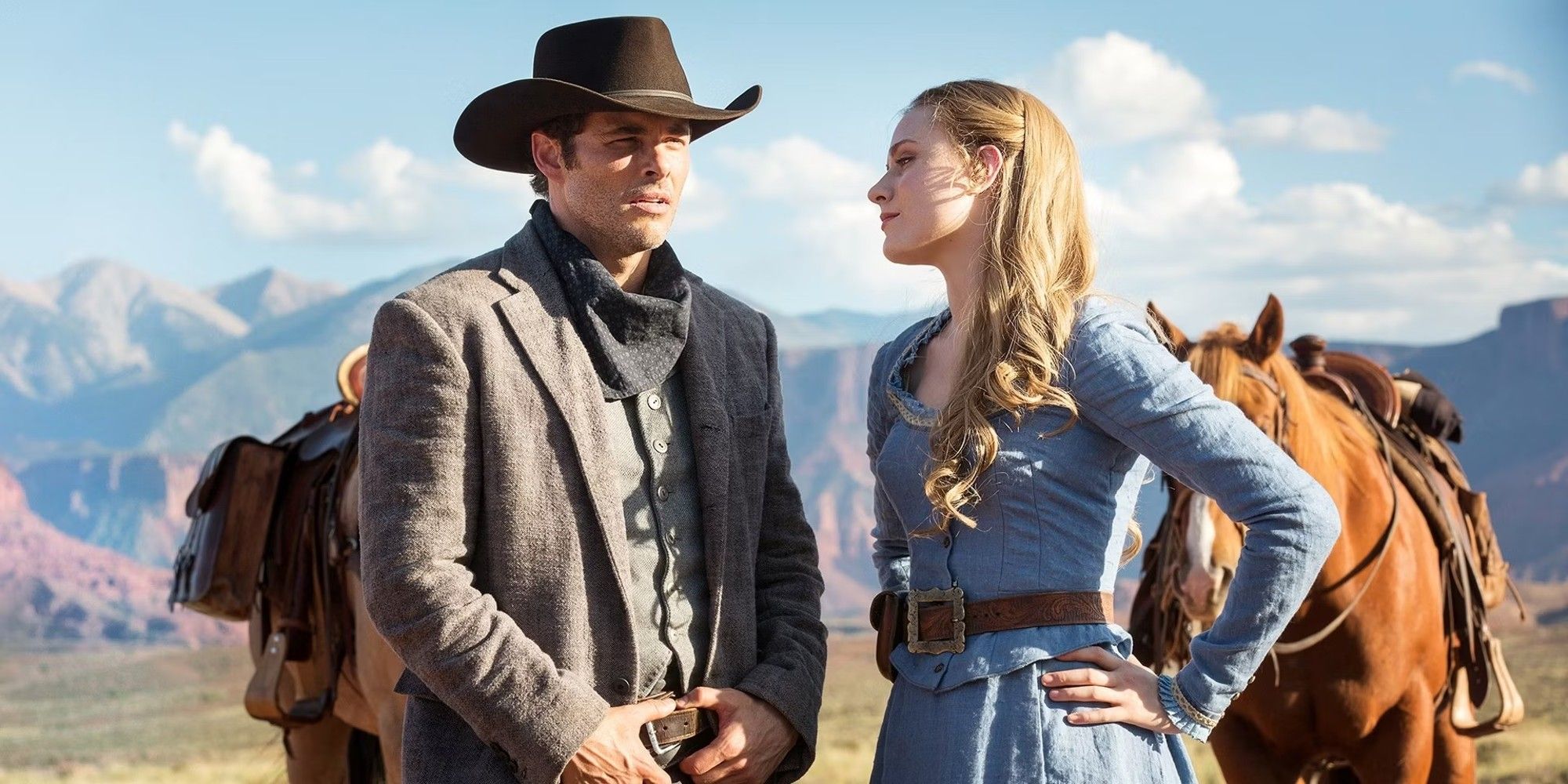
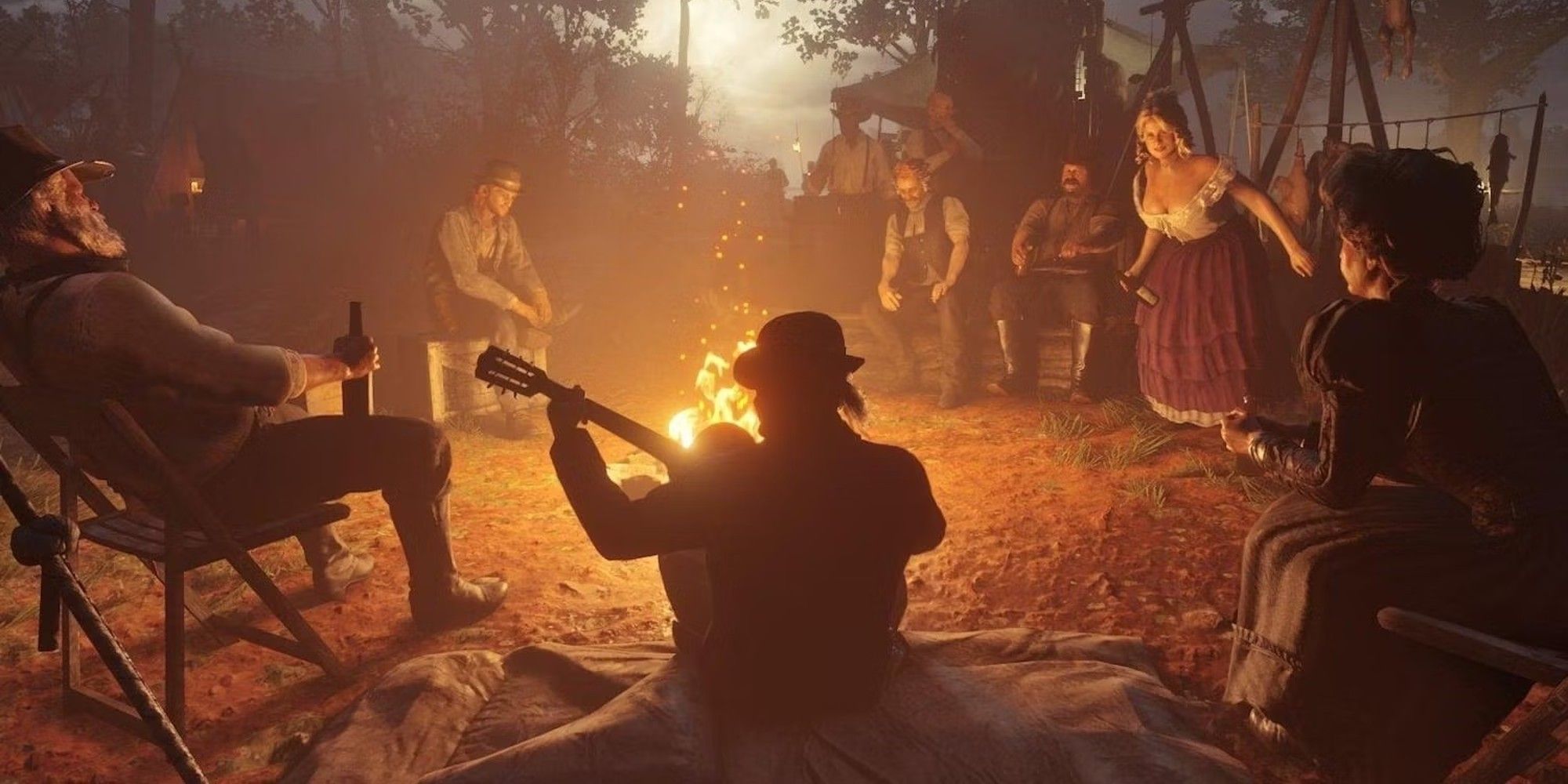
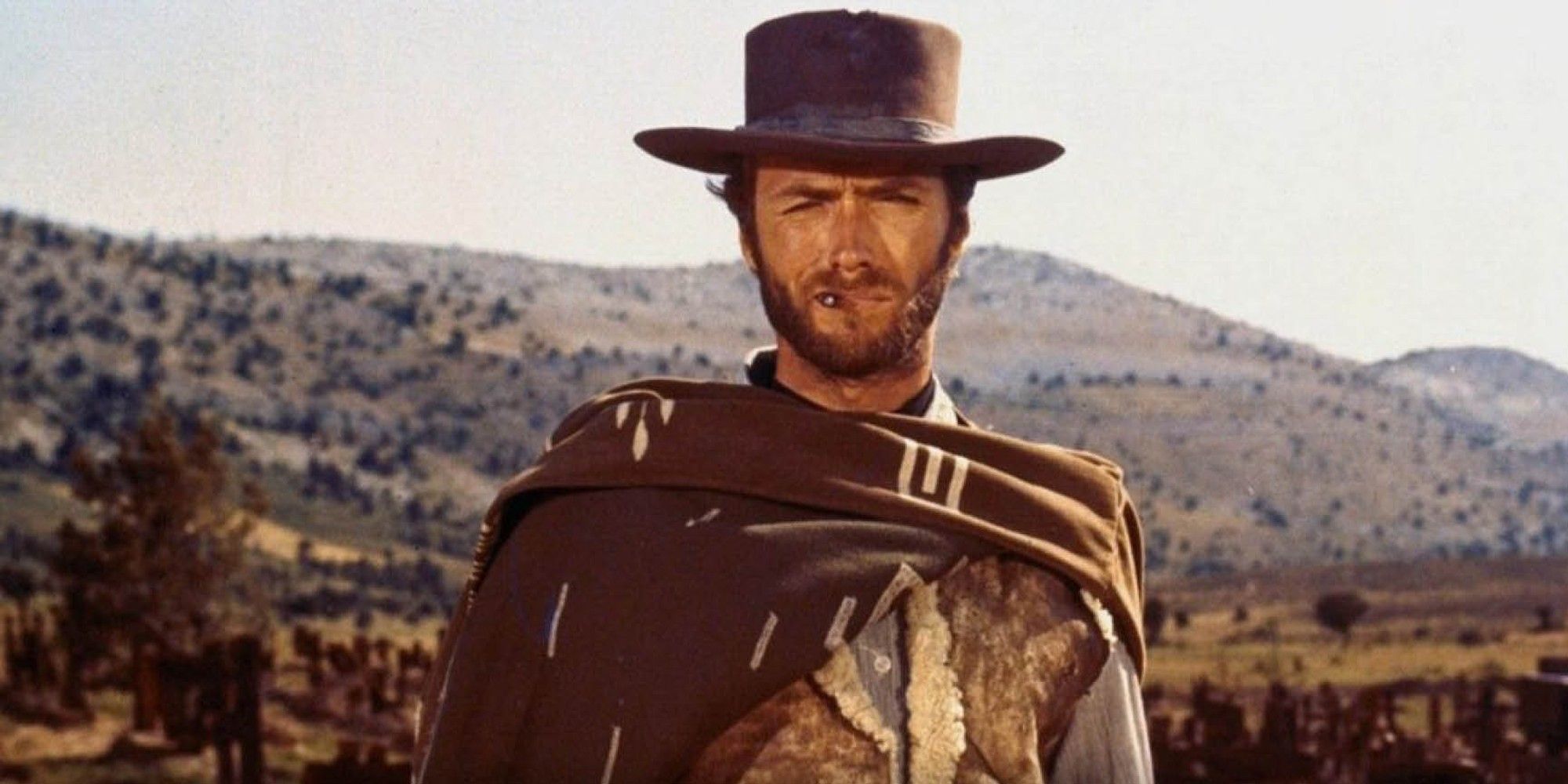
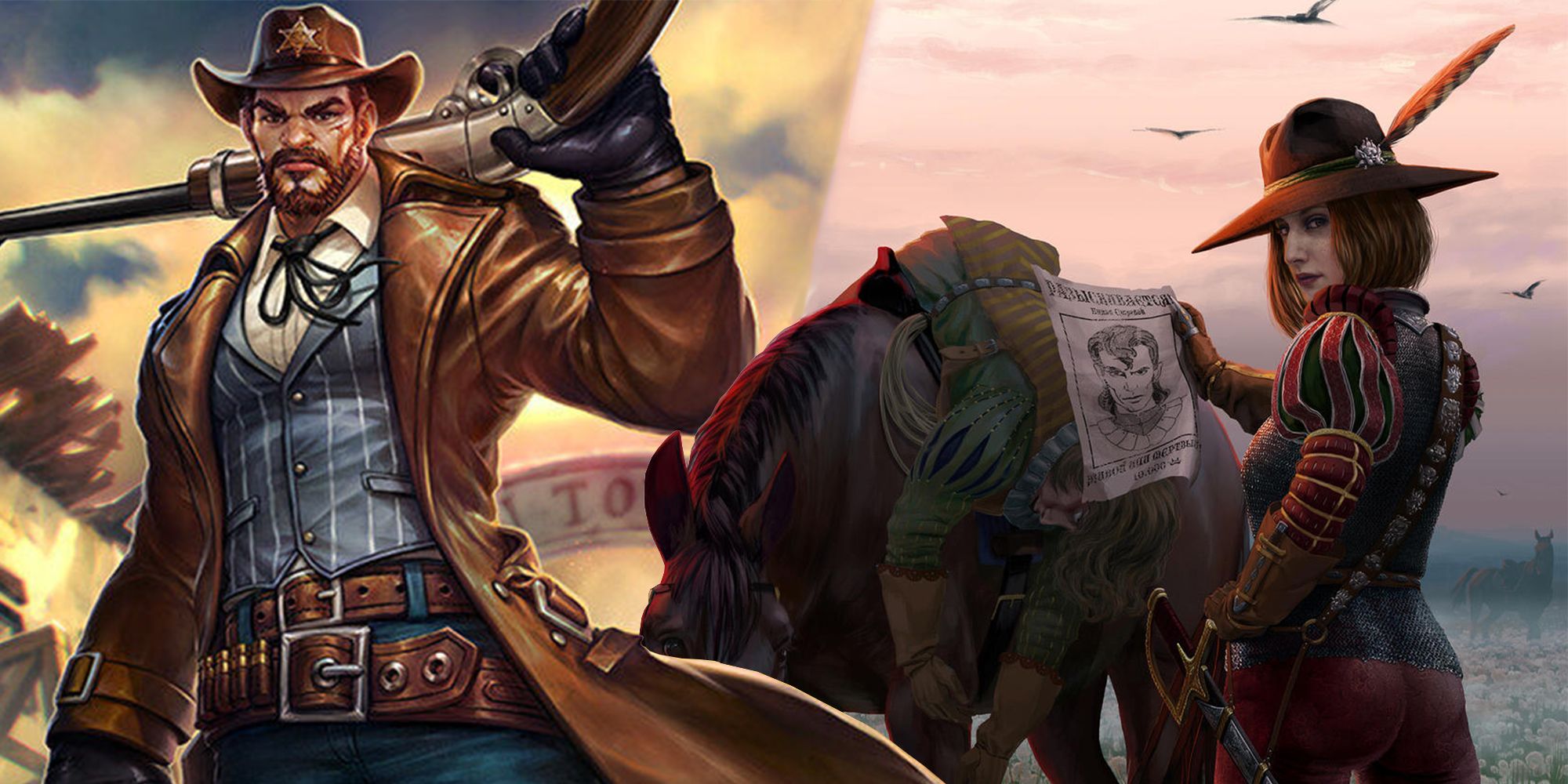
-condition-markers-(right)-miniatures-(left).jpg)
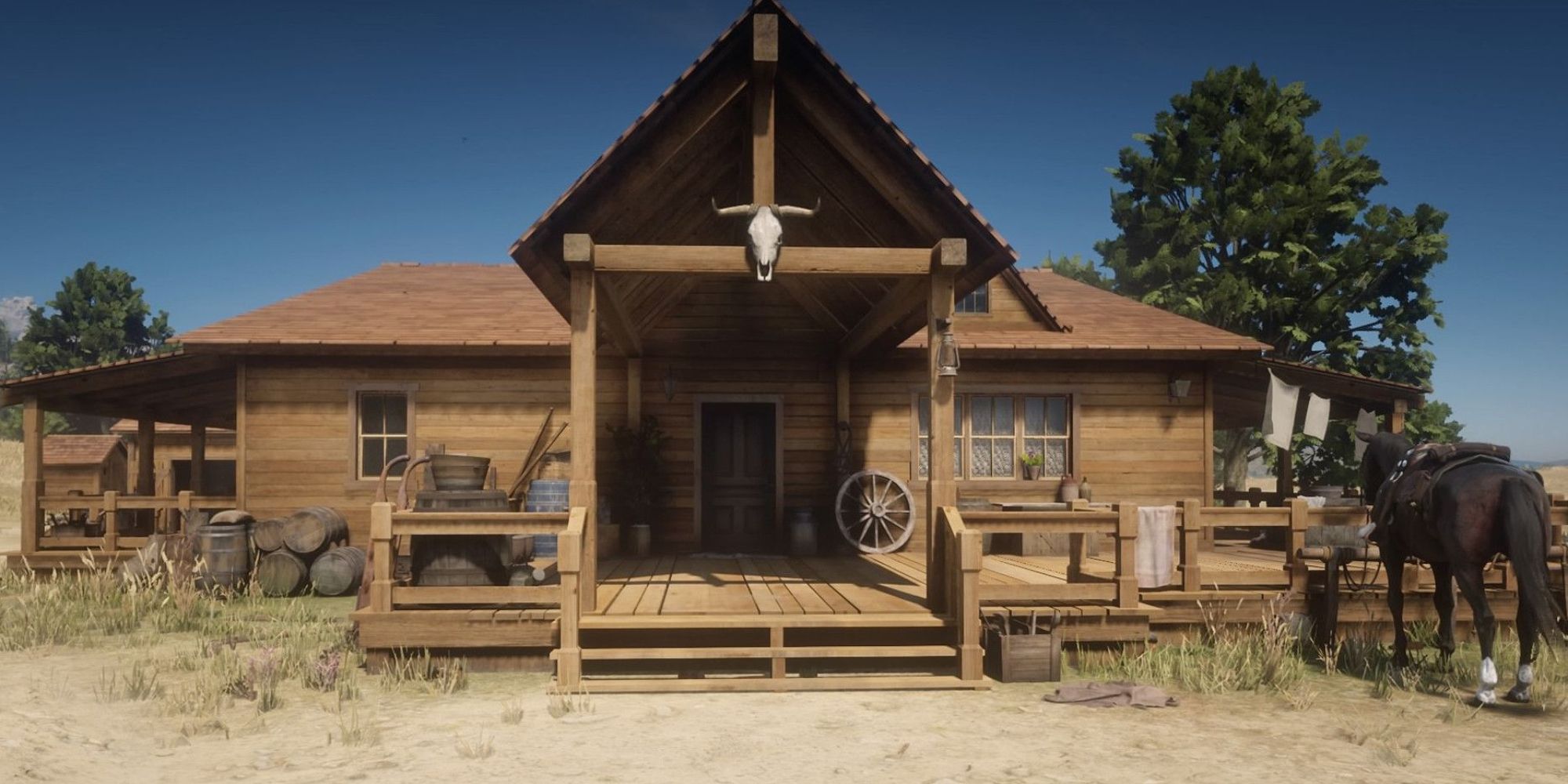
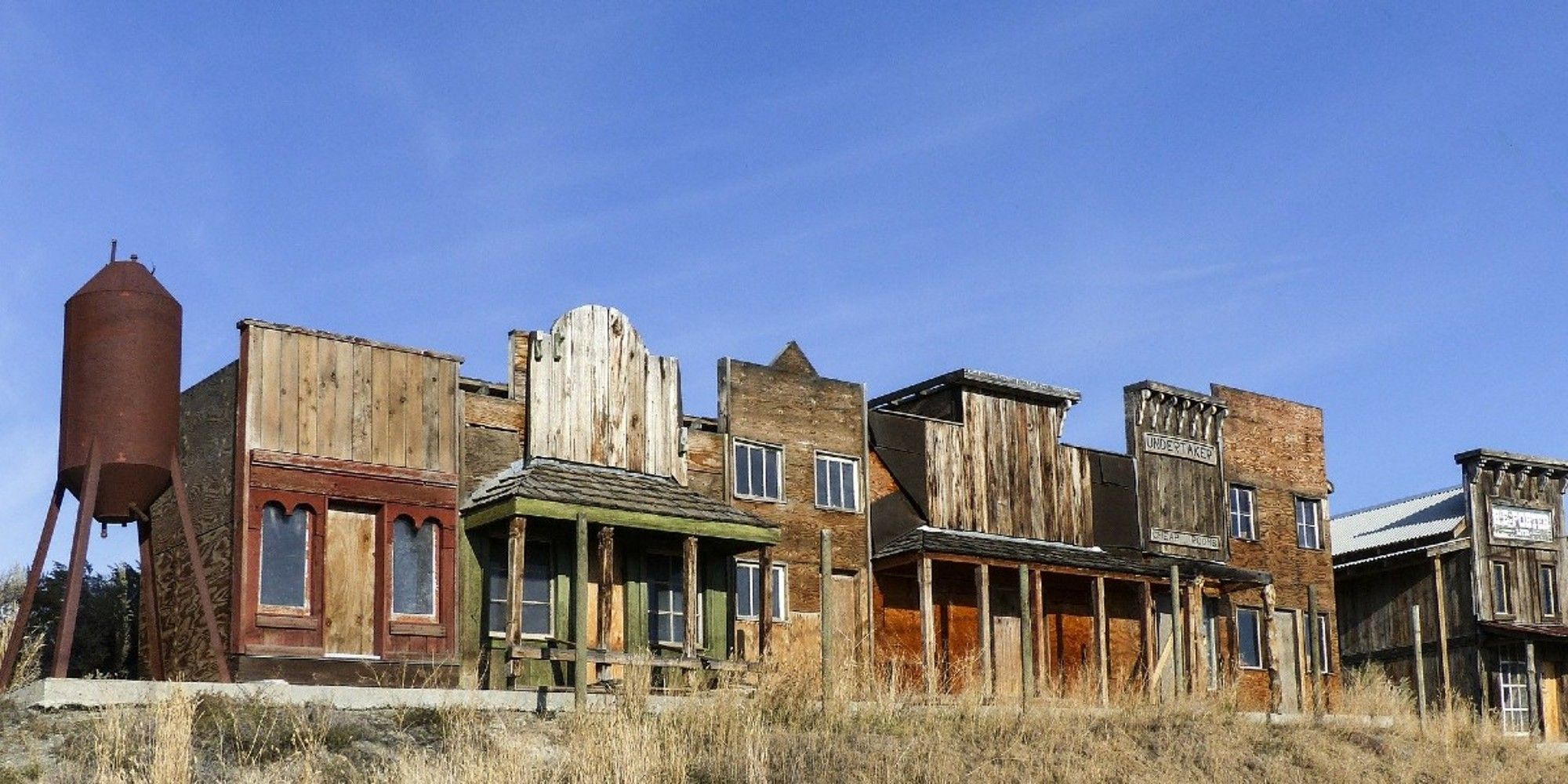
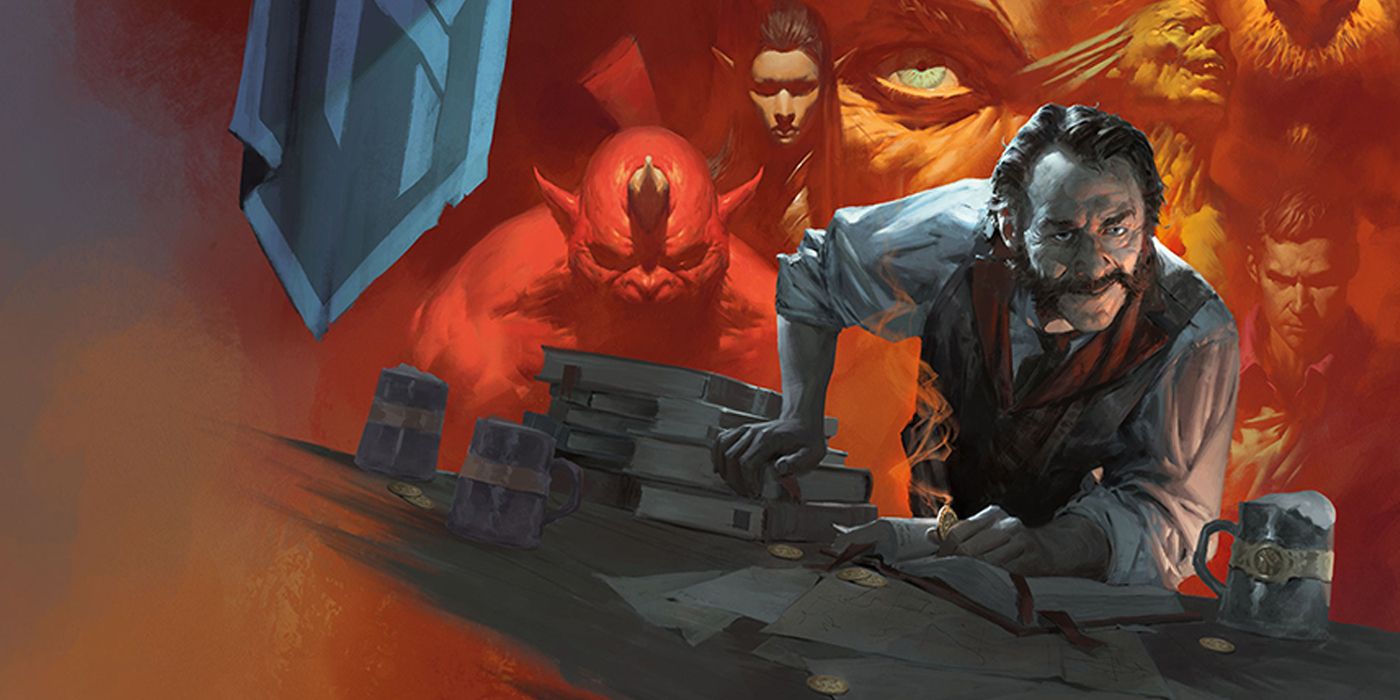
.jpg)
